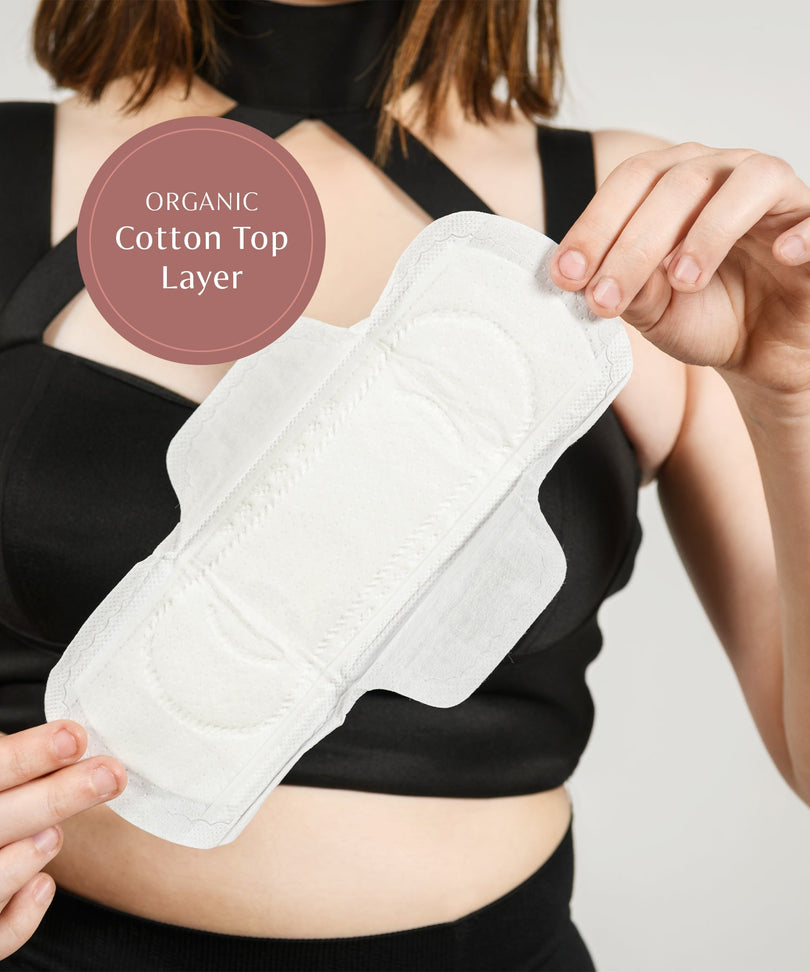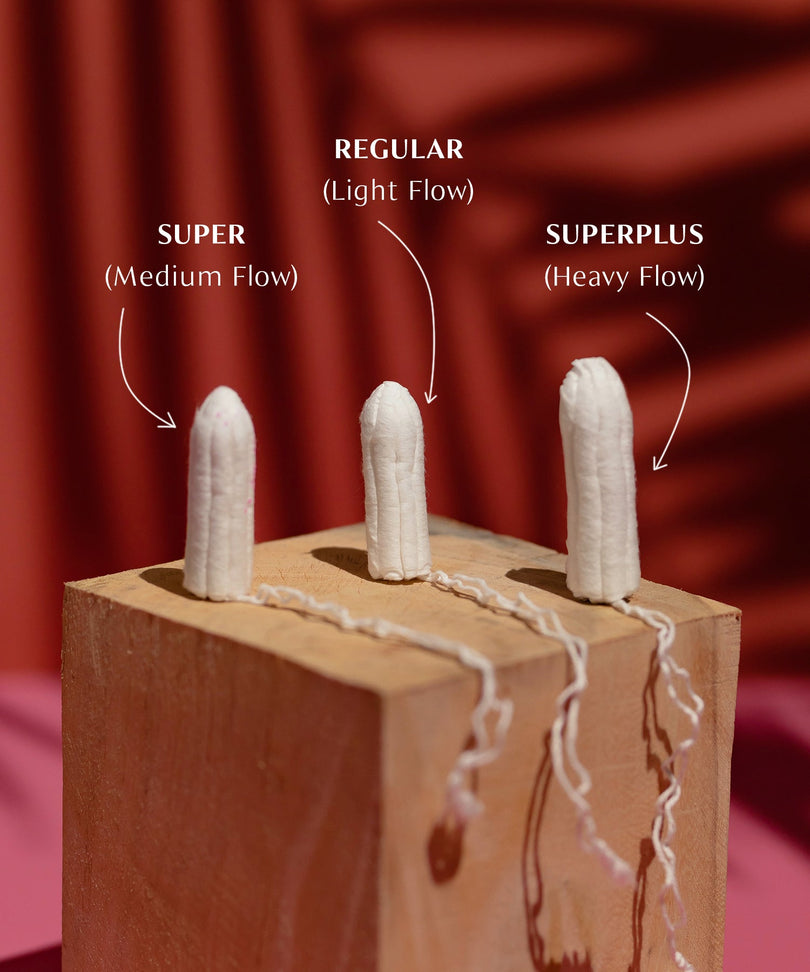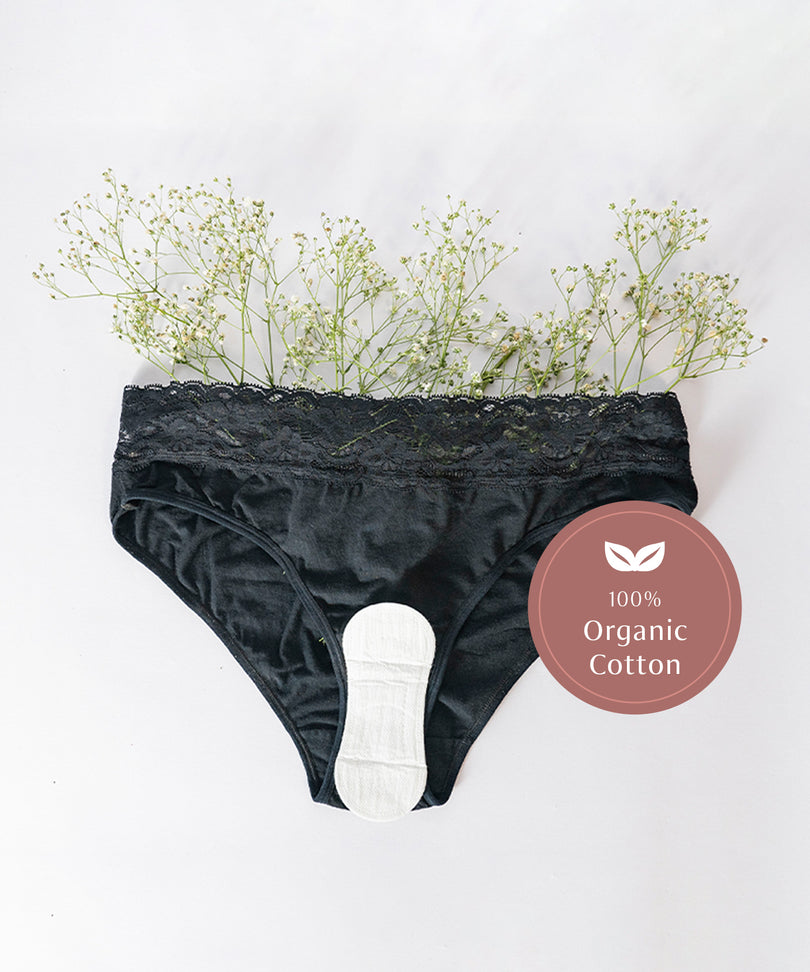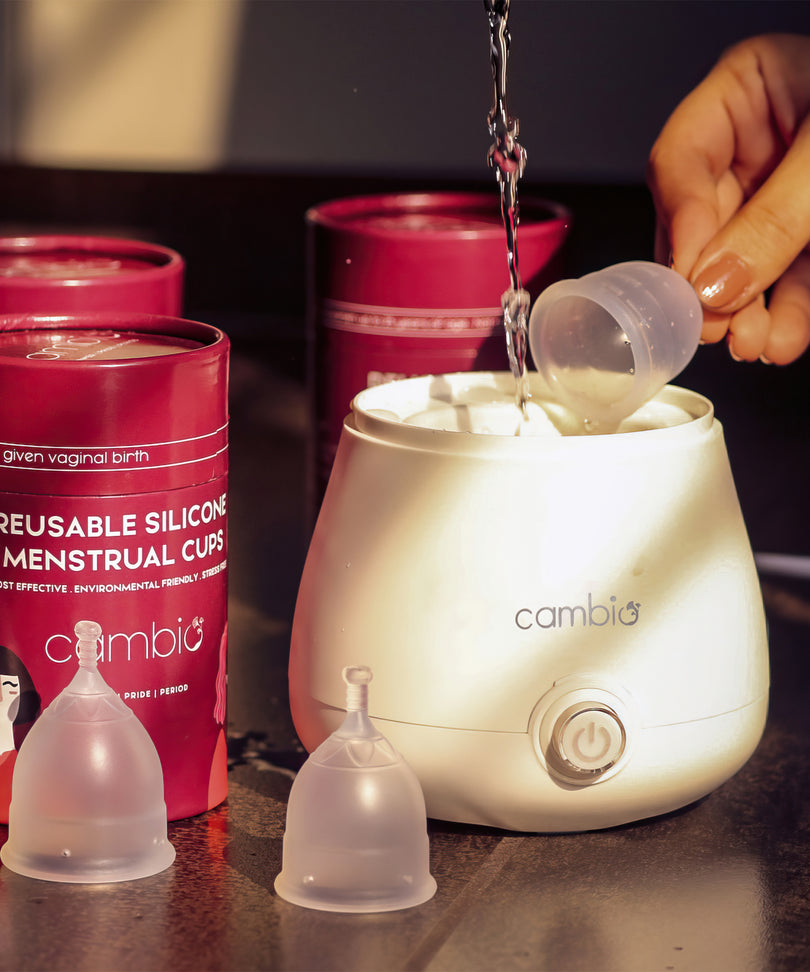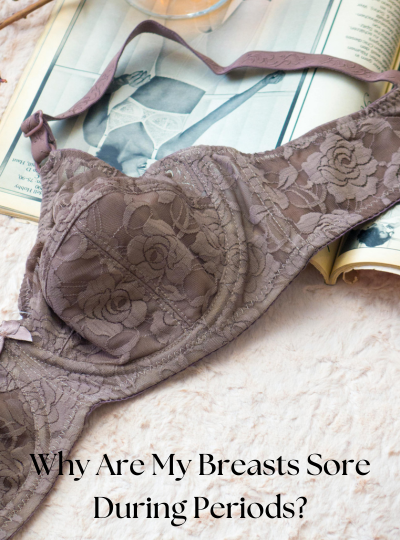A vaginal yeast infection is usually caused by the overgrowth of a fungus called Candida, which is why this condition is also referred to as vaginal candidiasis. Those infected can experience a range of symptoms like itching and discomfort in the vaginal area, and pain during urination and sexual activity.
What causes yeast infections around menstruation?
The hormonal changes that occur to facilitate menstruation can also create imbalances in your vaginal flora. While a certain amount of yeast and bacteria should be present in a healthy vagina, excess levels can put you at risk for an infection.
It’s actually more likely to develop a yeast infection before your period in the luteal phase than during or after as this is when your estrogen levels are at their highest. High levels of estrogen can encourage the growth of certain strains of fungi and bacteria, putting you at a higher risk for developing a yeast infection.
There are other factors which could contribute to the overgrowth of yeast in the vagina, leading to an infection. These are:
-
Diabetes and high blood sugar
-
A weakened immune system
-
Use of antibiotics and steroids
-
Use of oral contraceptives that increase your estrogen levels
-
Pregnancy
Your personal hygiene is also a crucial factor when it comes to your chances of contracting a yeast infection. Wearing tight clothing and underwear and not changing immediately after a workout can lead to yeast infections.
Also read - Can yeast infection delay your period?
What are the symptoms of a yeast infection?
The most common symptoms of a yeast infection include:
-
Pain during urination and sexual activity
-
A burning and itching sensation in and around the vagina
-
Swelling of the vagina and tears in the skin
-
Discharge that is thick, white and usually odourless, the consistency could be watery or like cottage cheese
Your symptoms may vary depending on whether you have other underlying conditions that may make a yeast infection more dangerous for you. If you get a yeast infection from a fungus strain that is not Candida albicans, you may experience a slightly different set of symptoms which may be more severe.
Can I treat my yeast infection at home?
If your condition is not severe, you can use certain home remedies to treat the infection.
This includes consuming probiotics in the form of curd, greek yogurt and sourdough bread. The presence of lactobacillus bacteria in the probiotic cultures can help restore balance to your vaginal flora. There is currently not enough scientific evidence to back the efficiency of using probiotics to treat yeast infections.
You can also apply oils like coconut oil, which can help reduce the levels of yeast in the vagina or a diluted mixture of tea tree oil, which is known for killing fungi and bacteria.
Also read - Can sanitary pads cause yeast infection?
What medicines can I take to treat a yeast infection?
Antifungal medications are the most common and efficient treatment for dealing with a yeast infection. These can be administered orally, vaginally through a suppository or through an IV.
Fluconazole is a common drug used to treat yeast infections. However, pregnant women should not consume fluconazole.
You may be prescribed vaginal creams or ointments to apply topically on the vagina.
When undergoing treatment for a yeast infection, it's best for your recovery to avoid sex. The friction of penetrative sex can interfere with your skin’s ability to heal and can cause further pain and irritation.
If you’re using a vaginal cream or ointment, then condoms will not be an efficient method of contraception as these creams tend to weaken latex, making them a less reliable barrier for preventing STDs or conception.
How can I prevent getting a yeast infection?
There are certain lifestyle and hygiene changes you can make to reduce your chances of contracting a yeast infection.
-
Change your sanitary pads/tampons often to avoid excessive moisture from being trapped in your genital area
-
Don’t use any scented products like pads as these can interfere with your vaginal flora and irritate the skin
-
Avoid douching your vagina as it can cause imbalances in the ratio of bacteria and fungi in the vagina. Instead, clean the area with a gentle, unscented soap
-
Avoid very tight-fitting clothing and underwear
-
Change out of sweaty or wet clothes immediately, and allow your vagina to air out
-
Wipe from front to back to prevent any bacteria from your anus to your urinary tract and vagina
Also read - How to get rid of period rashes?
When should I visit a doctor?
Your yeast infection may not subside on its own through home remedies and over-the-counter medications. You should seek the help of a gynaecologist if:
-
Your symptoms are severe and affecting your quality of life
-
You have a suppressed immune system
-
You’re a diabetic
-
Your yeast infection has persisted for more than a week
-
You often contract yeast infections
More to read
Running marathon during period
Everything about organic period products

